Change Point Models for Real-Time Cyber Attack Detection in Connected Vehicle Environment

Connected vehicle (CV) systems are subject to potential cyber attacks because of increasing connectivity between its different components, such as vehicles, roadside infrastructure, and traffic management centers. However, it is a challenge to detect security threats in real-time and develop appropriate or effective countermeasures for a CV system because of the dynamic behavior of such […]
Driverless Jobs: Autonomous Vehicles & A Just Transition for Black Drivers
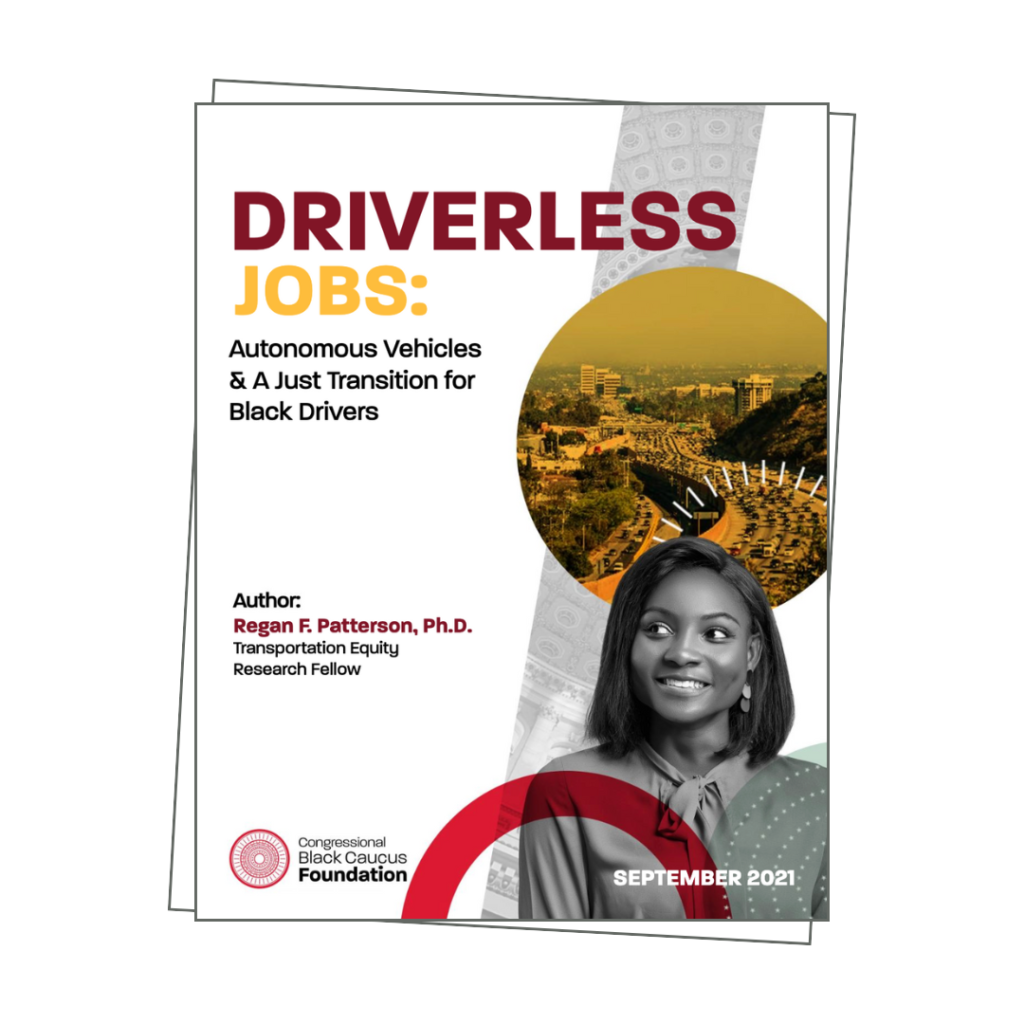
Autonomous, or self-driving, vehicles are an emerging and disruptive technology that will restructure society. Autonomous vehicles have major implications not only for mobility, but also land use, the built environment, air pollution, health care, automobile insurance, identification cards, policing and the criminal (in)justice system. Moreover, autonomous vehicles will profoundly impact employment in transportation. Widespread adoption […]
Putting Zoox to the Test: Autonomous Track Testing

How do you train an autonomous vehicle to be ready for corner cases? At Zoox, we use two fundamental tools: simulation and structured testing. Simulation enables us to test and validate our AI very early in the development process. Structured tests allow us to evaluate the performance of the AI and vehicle in a controlled, […]
The Loop 09.17.21 – US 33 Smart Mobility Corridor
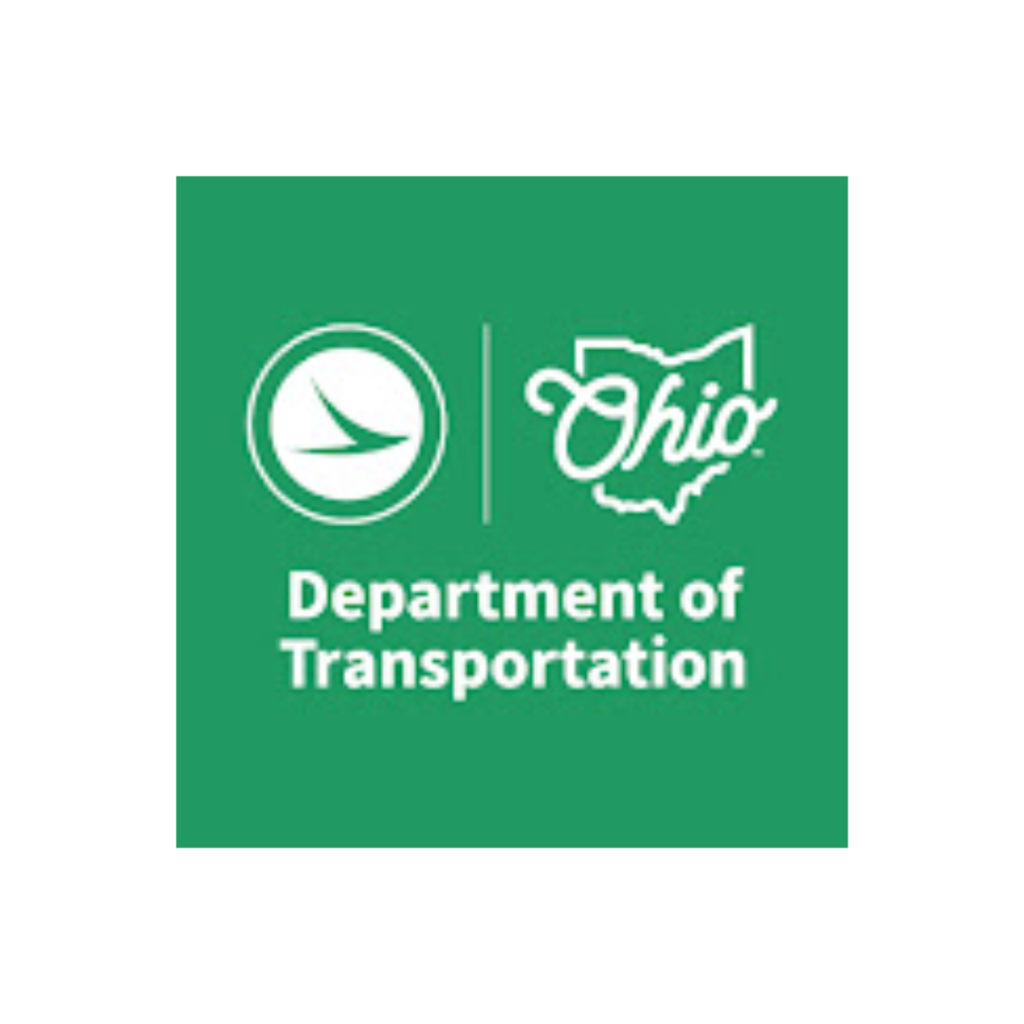
EPISODE 305: We head to Transportation Research Center to officially flip the switch on the US 33 Smart Mobility Corridor. Watch here
The European Commission report on ethics of connected and automated vehicles and the future of ethics of transportation

The paper has two goals. The first is presenting the main results of the recent report Ethics of Connected and Automated Vehicles: recommendations on road safety, privacy, fairness, explainability and responsibility written by the Horizon 2020 European Commission Expert Group to advise on specific ethical issues raised by driverless mobility, of which the author of this paper […]
Autonomous Vehicle Testing Guidance for State & City DOTs
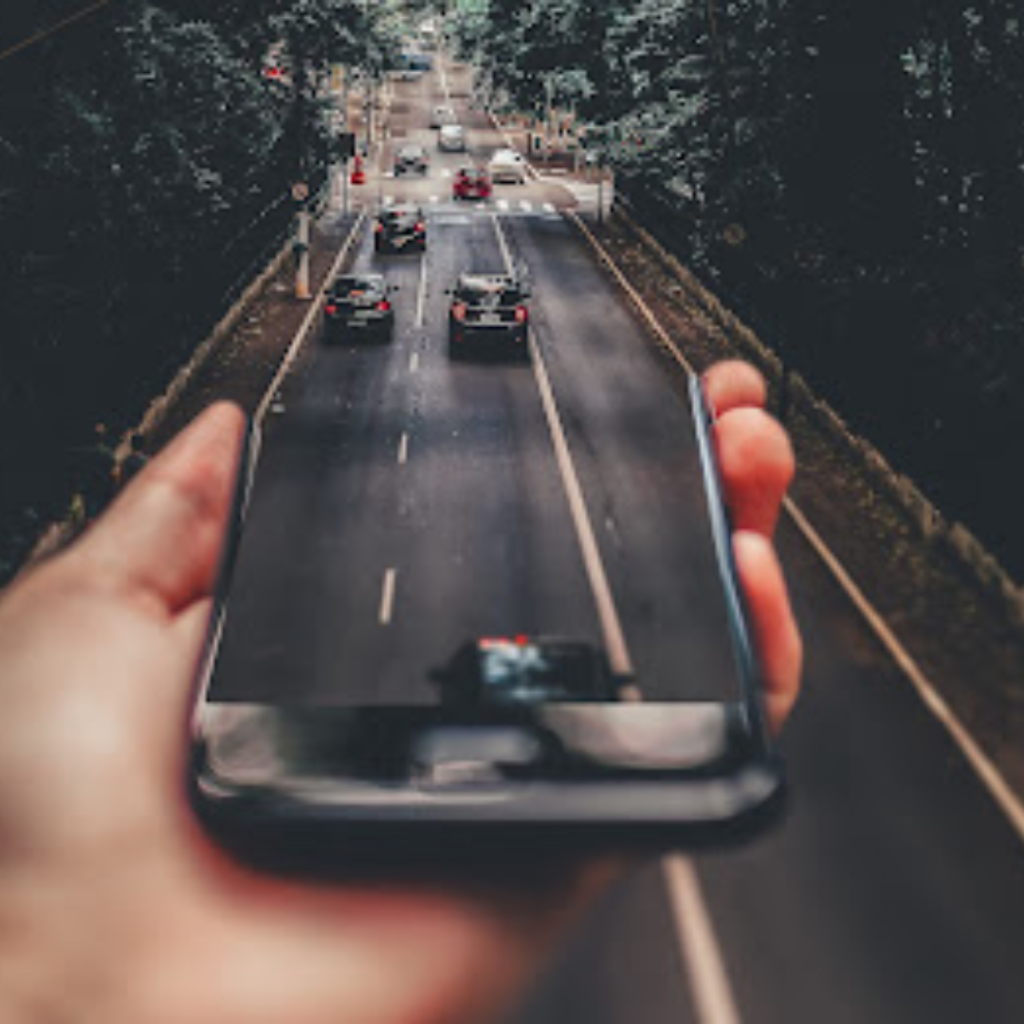
Once in a while I’m contacted by a city or state Department of Transportation (DOT) to provide advice on safety for “self-driving” car testing. (Generally that means public road testing of SAE Level 3-5 vehicles that are intended for eventual deployment as automated or autonomous capable vehicles,) The good news is that industry standards are […]
A model for naturalistic glance behavior around Tesla Autopilot disengagements
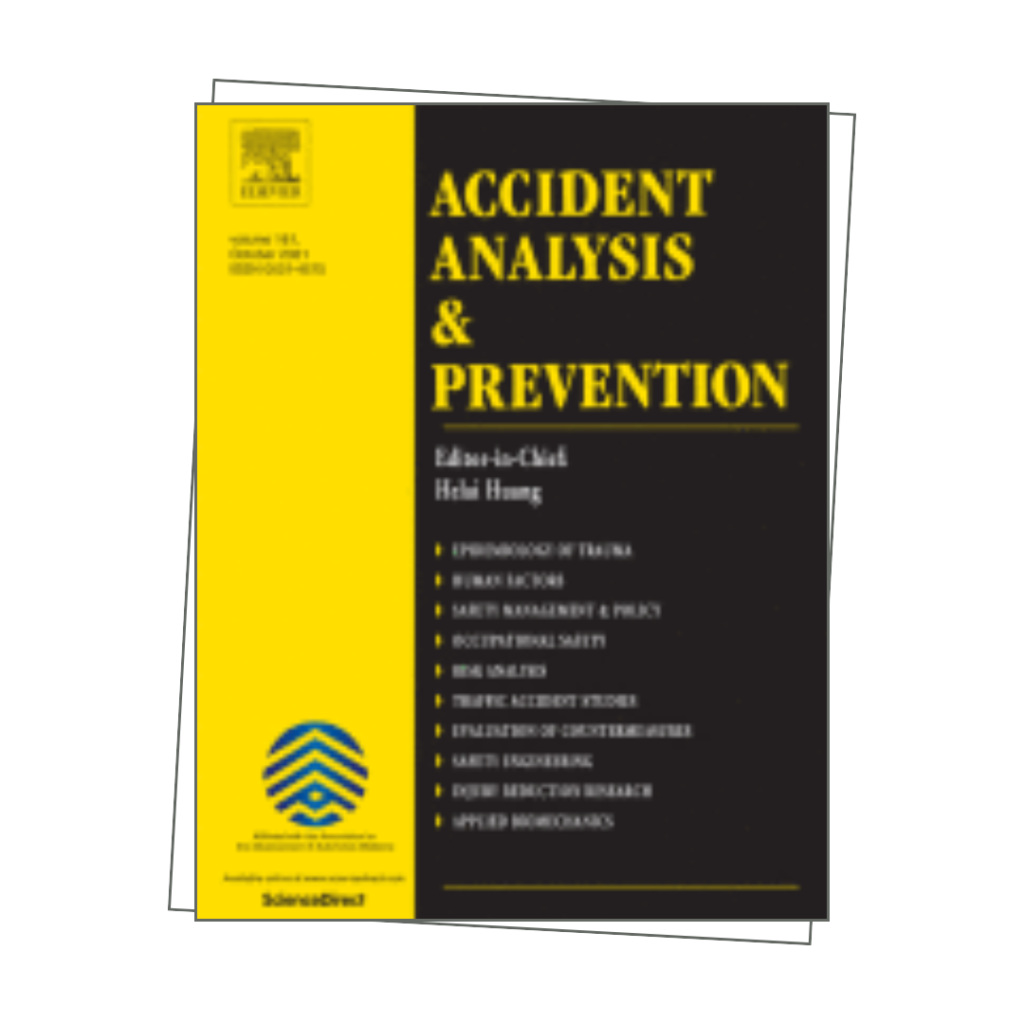
Objective We present a model for visual behavior that can simulate the glance pattern observed around driver-initiated, non-critical disengagements of Tesla’s Autopilot (AP) in naturalistic highway driving. Background Drivers may become inattentive when using partially-automated driving systems. The safety effects associated with inattention are unknown until we have a quantitative reference on how visual behavior […]
Ethics of automated vehicles: breaking traffic rules for road safety
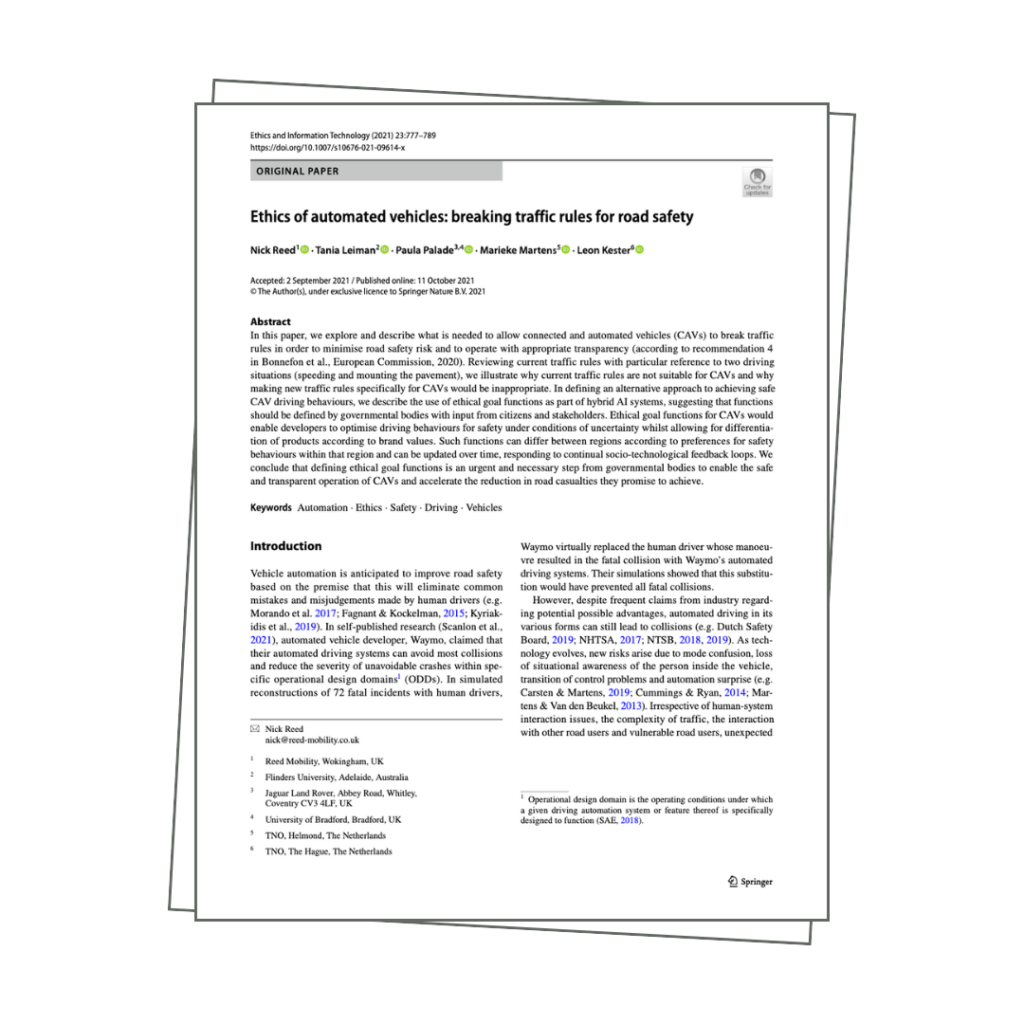
In this paper, we explore and describe what is needed to allow connected and automated vehicles (CAVs) to break traffic rules in order to minimise road safety risk and to operate with appropriate transparency (according to recommendation 4 in Bonnefon et al., European Commission, 2020). Reviewing current traffic rules with particular reference to two driving […]
Law Enforcement, First Responder and Crash Investigation Preparation for Automated Vehicle Technology
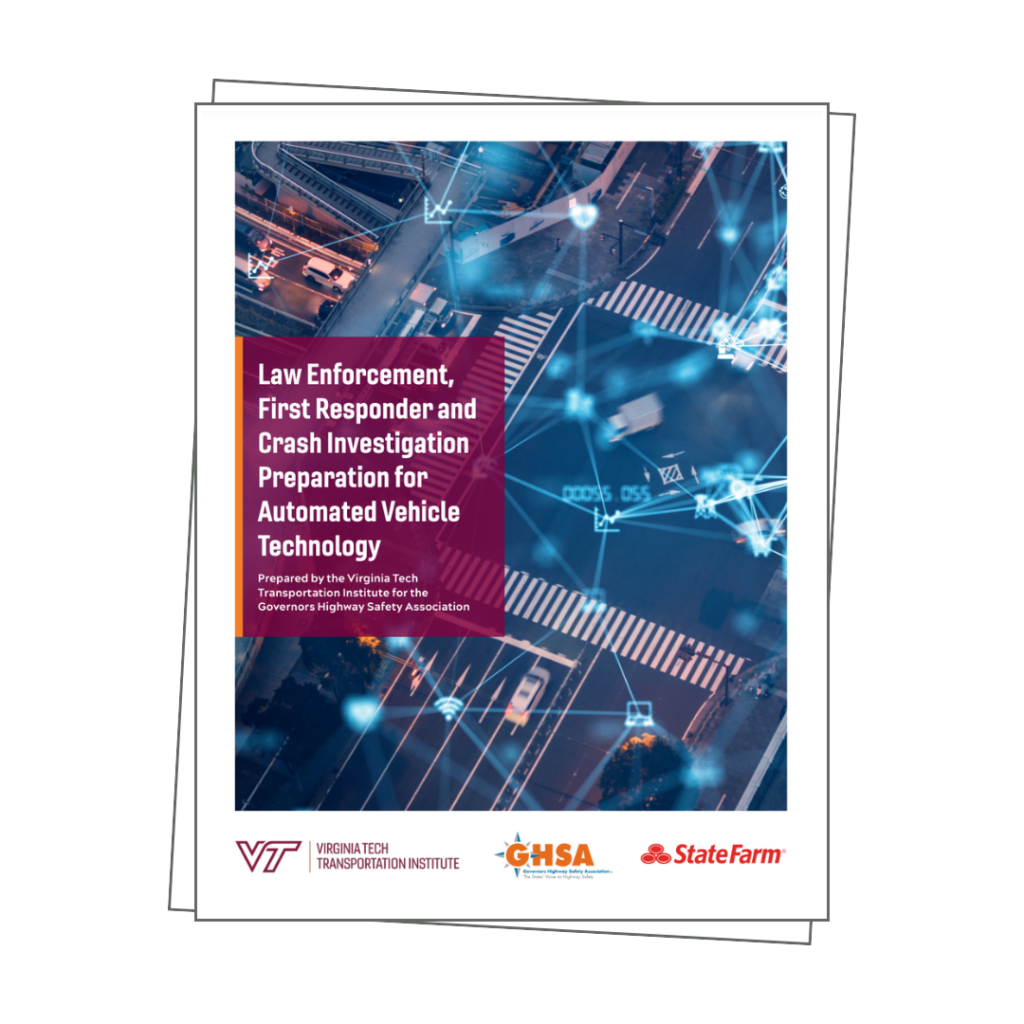
GHSA’s new report examines how law enforcement officials, other first responders and crash scene investigators can better prepare for automated vehicle technology and outlines curriculum recommendations to improve training on rapidly changing safety protocols. The report – Law Enforcement, First Responder and Crash Investigation Preparation for Automated Vehicle Technology – was prepared by the Virginia […]
Fully Autonomous Vehicles for People with Visual Impairment: Policy, Accessibility, and Future Directions
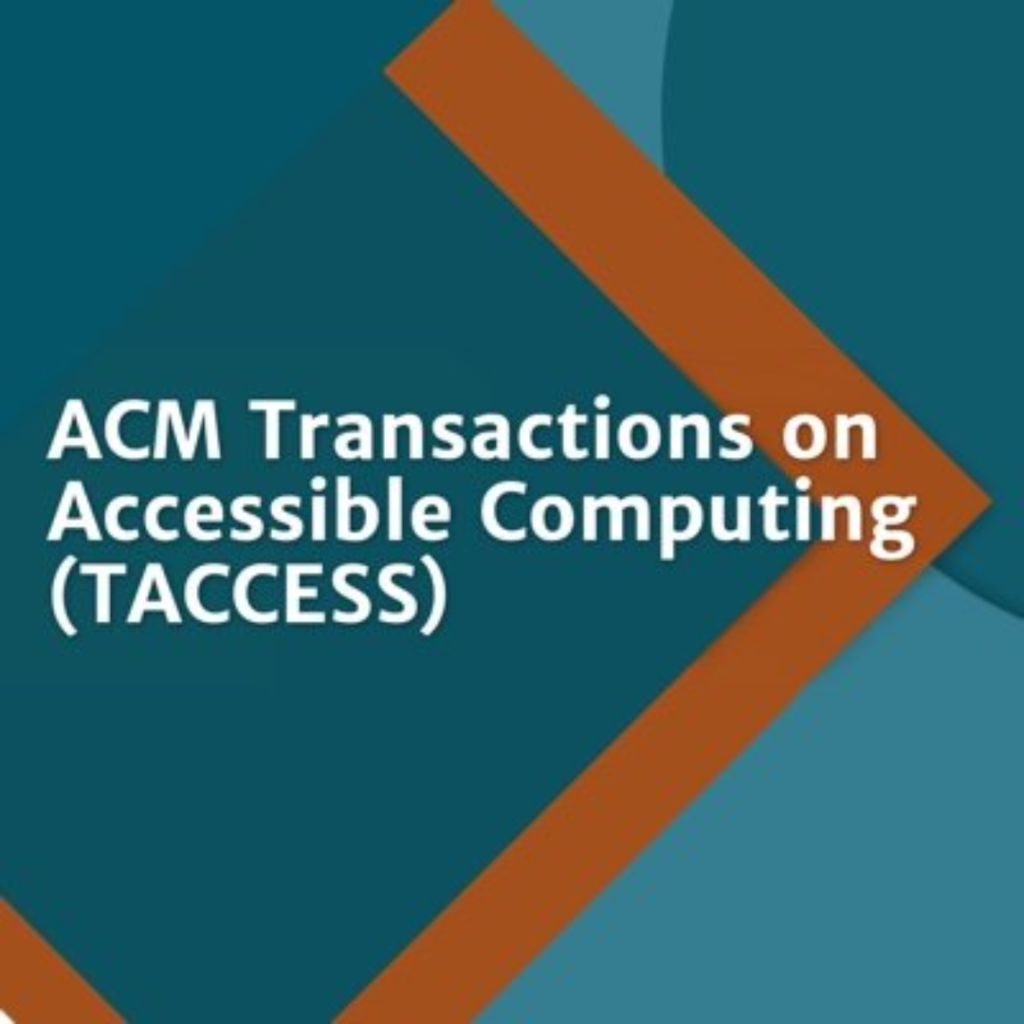
A significant number of individuals in the United States report a disability that limits their ability to travel, including many people who are blind or visually impaired (BVI). The implications of restricted transportation result in negative impacts related to economic security, physical and mental health, and overall quality of life. Fully autonomous vehicles (FAVs) present […]

